
Scarring alopecia is also known as cicatricial alopecia. It is a serious medical condition that leads to permanent hair loss due to scarring of the skin on the scalp. The loss of hair develops as a consequence of irreversible damage to the hair follicles. Cicatricial alopecia affects both genders and people of all ages.
What are Causes of Scarring Alopecia?
Scarring alopecia can be classified as primary and secondary. In primary scarring alopecia the hair follicles are damaged by the process of inflammation in which the specific white blood cells called lymphocytes, neutrophils and other inflammatory cells cause serious damage to the hair follicles. These changes are typical for people suffering from certain autoimmune illnesses (system lupus erythematosus, cutaneous lupus erythematosus, scleroderma etc.). In case of secondary scarring alopecia permanent hair loss develops as a consequence of damage to hair follicles caused by burns, injury or severe infections (bacterial, viral or fungal). Scarring alopecia is also possible in people who undergo chemo and radiation therapy.Presentation of Scarring Alopecia
Scarring alopecia features with gradual hair loss. This is actually the only symptom of the disease. However, since there are many conditions that consequently lead to scarring alopecia we can say that introduction to scarring alopecia features with symptoms and signs of the conditions responsible for the permanent hair loss. One may complain about itching and burning sensation prior the hair loss and sometimes the person may report even pain in the affected area. The hair loss is initially in a form of small patches and these areas become wider in time. The affected skin can be red and scarred. It may be also covered with blisters. The problem is that there are no traces of new hair growing and there will not be since the damage to hair follicles is permanent.
Treatment for Scarring Alopecia
Diagnosis of scarring alopecia requires thorough examination of the affected skin and several more detailed analyses. Even skin biopsy is performed.
The treatment for scarring alopecia basically depends on the underlying conditions. If the underlying illness is successfully brought under control further progression of hair loss can be effectively stopped. Scarring alopecia caused by autoimmune illnesses is treated with corticosteroids that are applied directly onto the affected skin or they are injected. In case the infection is the cause for scarring alopecia the problem is dealt with antibiotics. Since the loss of hair is permanent once the underlying condition is brought under control a person may restore the lost hair with hair transplantation.



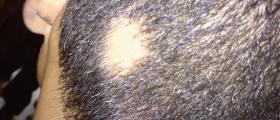


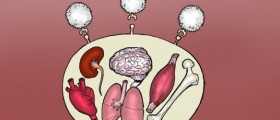
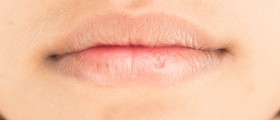
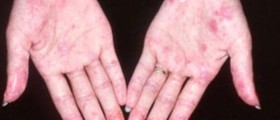
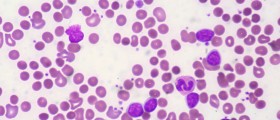

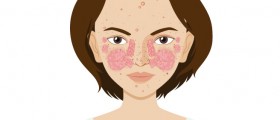



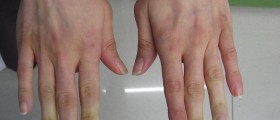
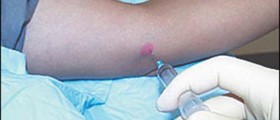
Your thoughts on this
Loading...